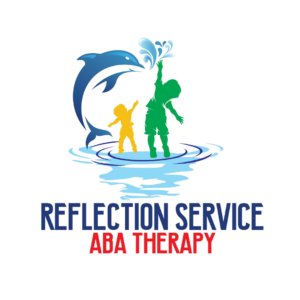How does ABA Therapy work?

ABA uses techniques to understand and modify it. ABA can be used to treat children, adolescents, and adults with a variety of conditions, including autism, attention deficit hyperactivity disorder (ADHD).
Positive reinforcement
Positive reinforcement is one of the main strategies used in ABA. When a behavior is followed by something that is valued (a reward), a person is more likely to repeat that behavior. Over time, this encourages positive behavior change. First, the therapist identifies a target behavior. Each time the person successfully uses the behavior or skill, they get a reward. The reward is meaningful to the individual; examples include praise, a toy or book, watching a video, access to the playground or other location, and more. Positive rewards encourage the person to continue using the skill. Over time, this leads to significant behavior change.
ABA programs may include:
-Training in social skills
-Training in communication skills
-Training in academic skills
-Training in daily living skills
-Problem behavior reduction programs
-Intervention programs for problematic behaviors
-Problem behavior prevention programs
Planning and Continuous Evaluation
After goals are set, the BCBA will design an ABA treatment plan. This plan will be based on the assessments and goals. The treatment plan will remain flexible so that it can be adapted to the changing needs of the person. The BCBA will monitor the program and work directly with the team who will meet regularly with the family to discuss progress and goals. Family goals and preferences may also be included.
Treatment of ASD is an ongoing process that adapts to a person’s changing needs as they age. Objectives can include many different skill areas, such as:
Communication and language
Social skills
Personal care (such as showering and going to the bathroom)
game and leisure
Motor skills
Learning and academic skills.
The instructional plan also includes how to assess whether the child has learned each step. The therapist may use a variety of techniques to assess the child’s progress, such as written tests, oral tests, games, conversation activities, etc.
Data can be collected in many ways, some therapists use a task list to mark the tasks that the person has completed, other therapists use a behavior list to mark the behaviors that the person has displayed. Other therapists use a goal list to mark the goals that the person has achieved. Data can be collected in many ways, but all methods are based on the same principle: a person is making progress if they are doing more than they did before.
In addition, the behavior analyst can help parents learn how to teach their child the skills he or she needs to improve his or her functioning.
